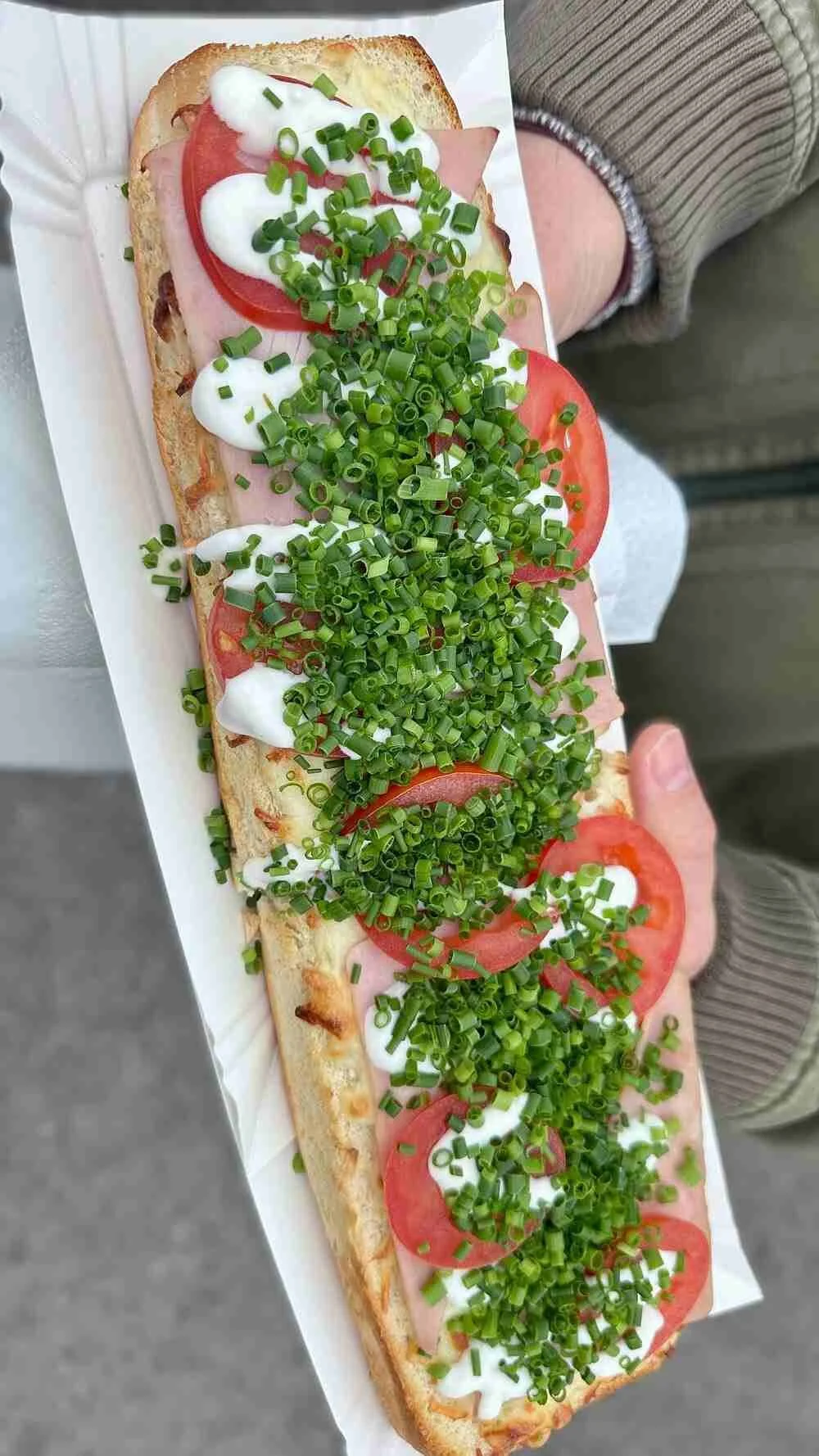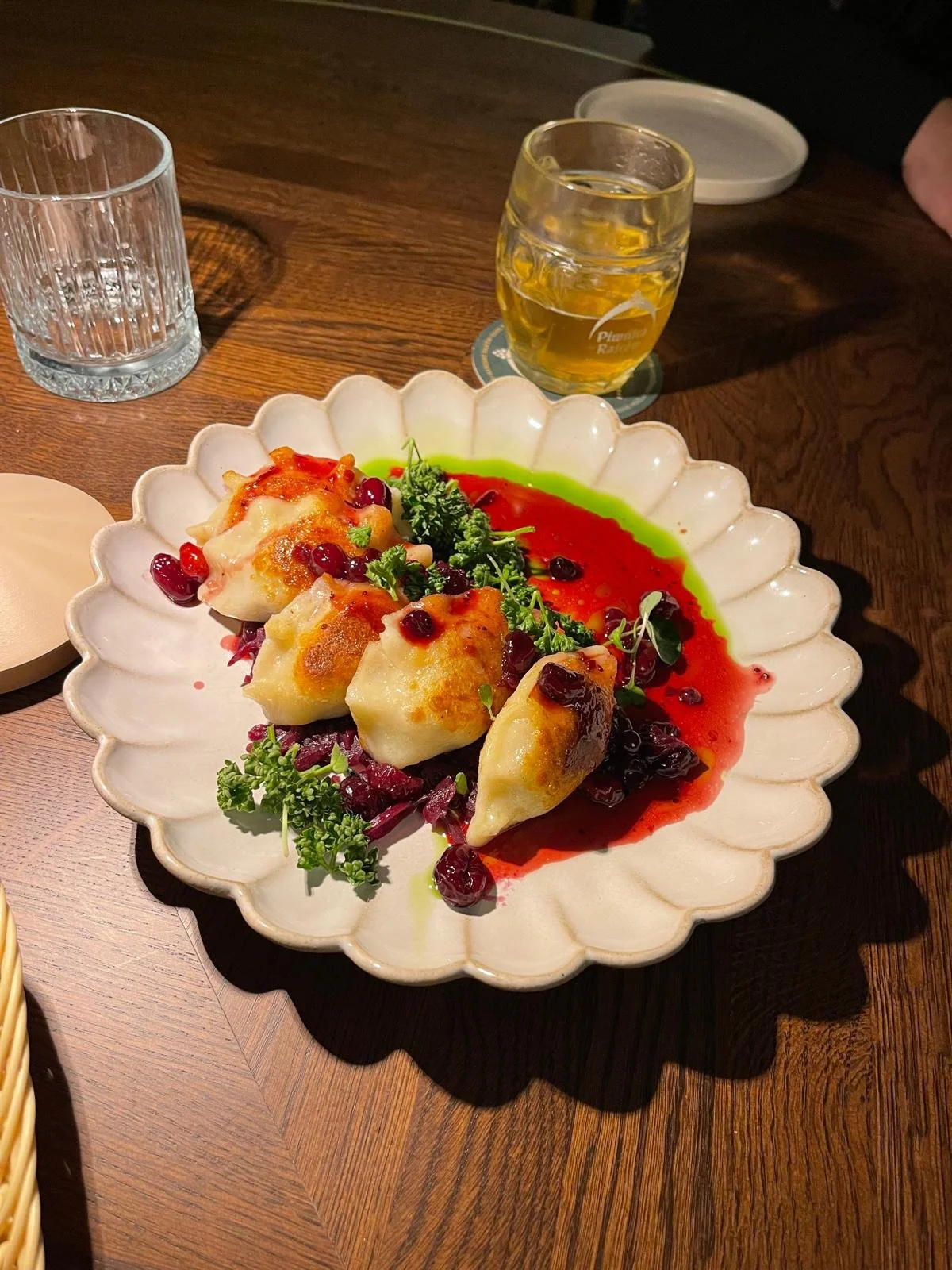If you stroll through the streets of Kraków, Warsaw, Wrocław, or Gdańsk today, you’ll notice something remarkable: Polish street food is having a renaissance. From sizzling sausages on smoky grills to vegan pierogi with truffle oil, Poland’s food scene has transformed dramatically in the last few decades — blending nostalgia with creativity.
Let’s take a bite into how Poland’s street food evolved — from communist-era snacks to modern foodie heaven.
The Humble Beginnings: Street Food in Communist Poland
Back in the days of the Polish People’s Republic (PRL), eating out wasn’t about choice — it was about survival and simplicity. The word street food didn’t exist yet, but there were a few iconic snacks that fed generations.
The zapiekanka — a long baguette topped with mushrooms, cheese, and ketchup — was born in the 1970s as a quick and affordable bite. It became the Polish version of “fast food” long before McDonald’s ever arrived. Even today, a warm zapiekanka from Plac Nowy in Kraków’s Kazimierz is a must-try for anyone who wants to taste a piece of living history.
The Western Influence Arrives
The fall of communism in 1989 opened Poland’s borders — and its appetite. Suddenly, kebabs, hot dogs, and burgers flooded the streets, offering exotic flavors and a glimpse of the West.
While some of these foods became late-night staples (hello, 3 a.m. kebab!), they also inspired Polish cooks to rethink what street food could be. The 2000s saw the rise of food trucks, artisan bakeries, and farmers’ markets, bringing back pride in local ingredients and regional traditions.
Craft Pierogi and Gourmet Kielbasa: A New Polish Identity
Fast-forward to today, and Polish street food is about reinvention.
Chefs and young entrepreneurs are rediscovering traditional recipes — but giving them a modern twist.
You’ll find:
Craft pierogi filled with duck and caramelized onion instead of the classic potato and cheese.
Artisan kielbasa smoked on-site, paired with mustard made from local honey.
Fermented drinks like kompot and kefir served alongside vegan bigos.
This new wave of Polish cuisine celebrates both heritage and innovation — showing that Polish food can be hearty, creative, and world-class all at once.
Where to Taste It: Poland’s Street Food Hotspots
If you’re visiting Poland, don’t just stick to restaurants — explore the food stalls, markets, and halls where locals eat.
Here are a few must-visit spots across the country:
Plac Nowy (Kraków) – The home of the iconic zapiekanka. Each stall has its secret sauce!
Hala Koszyki (Warsaw) – A beautifully restored market hall combining tradition with modern flavors.
Hala Świebodzki (Wrocław) – A historic railway station turned into a vibrant food hall. Try pierogi and local craft beer under one roof!
Food Hall Browary Wrocławskie (Wrocław) – A modern riverside hub mixing Polish street classics with global trends.
Stary Kleparz (Kraków) – The city’s oldest market, perfect for local produce and street snacks.
Ulica Elektryków & 100cznia (Gdańsk) – Trendy post-industrial zones turned into summer food and music hotspots, where craft beer meets seaside vibes.
Why Street Food Matters
Street food tells stories — of resilience, creativity, and everyday life. In Poland, it’s not just about the taste; it’s about the people who make it. From grandmothers selling homemade pickles to young chefs reinventing pierogi, every bite reflects a moment in Poland’s cultural evolution.
Join a Delicious Poland Food Tour
Want to experience the real flavors of Poland — from traditional to trendy?
Join our Delicious Poland Food Tour and taste your way through the country’s evolving street food scene. Meet local vendors, learn the stories behind their dishes, and discover why Polish cuisine is one of Europe’s best-kept secrets.
👉 Book your tour today and eat like a local!


